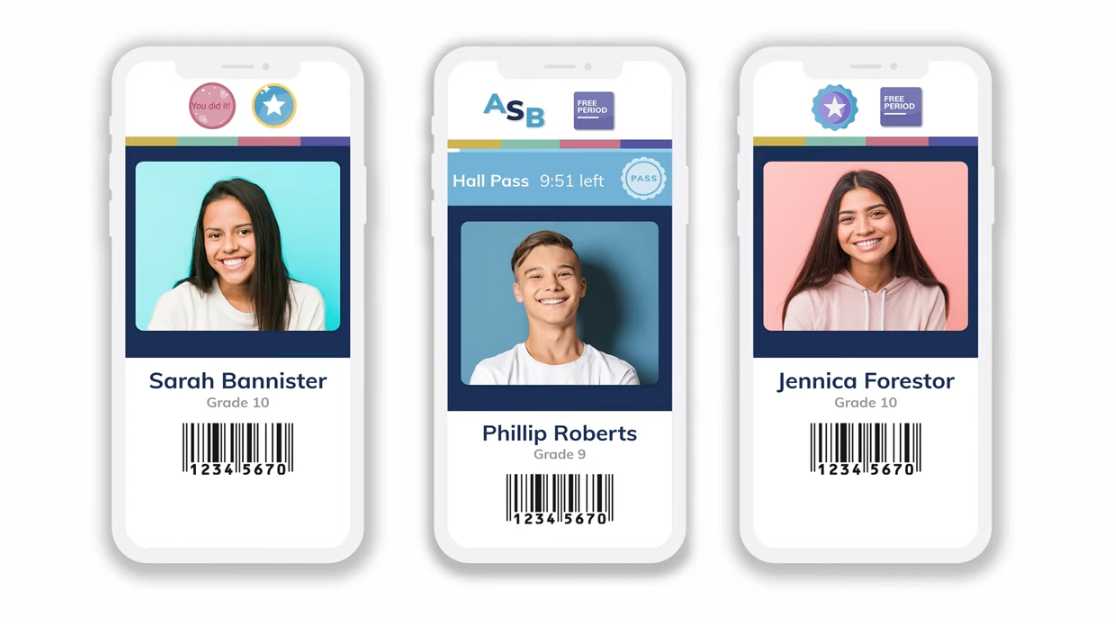
Next month, Arlington Public Schools is set to roll out a new, electronic campus management platform at a number of middle and high schools.
The goal is to improve building security and provide better oversight of students as they come and go from classrooms.
Kenmore, Dorothy Hamm, Gunston and Thomas Jefferson middle schools, as well as Wakefield, Washington-Liberty and Yorktown high schools, will adopt the app and web-based platform Minga, says APS spokesman Frank Bellavia.
The platform provides hall passes and monitors students coming in and going out of buildings to ensure that only students are in the school, Bellavia said. Schools can limit the number of students in the halls at one time and limit the number of passes per student, per day.
This comes as APS has separately upped its budget for safety and security measures, including school safety coordinators, security cameras and other technological upgrades pertaining to safety. That comes amid reports of student drug use, for which some teachers say skipping class is partly to blame, and nearly a dozen juvenile overdoses in Arlington this year.
Students can download Minga to their smartphone or use it on their laptop or tablet. The platform issues digital IDs with scannable barcodes and digital passes, which would replace physical ID cards and paper passes.
Wakefield High School Principal Peter Balas imported Minga this year from his days leading Alexandria City High School, which has had issues around violence inside and outside of the school.
“I see it as a tool to help me get better safety and security and to help things run more safely and smoothly,” he said. “My experience is that it has been… well-accepted by staff.”
Kenmore piloted an e-pass system last year and, when Balas arrived in Arlington, principals were discussing whether to adopt such a system. That is when he suggested Minga.
Minga notifies teachers of students who are out of class and can ensure certain students are not in the hallways at the same time — if they tend to break school rules when together. It tracks trends over time, such as overall time spent out of class and passes issued or students who spent the most time not in class and where they went.
Balas would like to see students scan their IDs to enter school buildings, too, so staff know who is in the building before they take attendance. He said it also can help staff track down and follow-up with students who arrive at school but ditch class or leave mid-day.
“[But] for me, one of the most important things, from safety standpoint, is that it basically would prevent anyone who doesn’t go to school from trying to get in,” Balas said.
Earlier this year, Wakefield was placed in lockdown after reports of a trespasser, possibly armed with a gun, and a threat against a student.
“Almost every period, we have comings and goings in the school,” he continued. “It will also help us keep track of all that movement and make sure access is secure and legitimate.”
When asked how this might interfere with building-level “Away for the Day” policies — in which phones are required to be off and stored during school hours — Bellavia said students can request passes from their tablets or laptops.
Balas says he does not think this will interfere with Wakefield’s mobile phone policy.
Administrators and security staff are in the first wave of training on the new system and teachers will soon follow.
“I was purposeful not wanting to inundate [teachers] when we aren’t ready to launch yet,” Balas said. “I’m hoping in the next month or so to have it fully up and running but it is something where I have to take the temperature of everyone and make sure it doesn’t overwhelm people.”
Minga will cost around $50,000 to roll out, Bellavia said.

